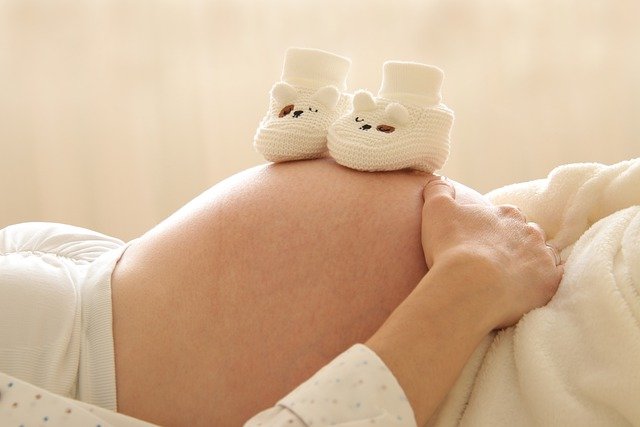As a woman gets older, her chances of getting pregnant typically decrease. Women have fewer eggs, the quality of which decreases with age, and more eggs with abnormal chromosomes (genetic material). Together, these factors result in lower pregnancy rates and higher miscarriage rates among older women.
Every woman’s ability to conceive decreases with age, but the exact age at which a woman can no longer conceive varies from woman to woman. This occurs earlier than would usually be expected in some women. When the female partner is 35 or older, approximately one-third of couples will struggle to conceive. Ovarian reserve, also known as a woman’s potential for fertility, can be demonstrated through a number of tests.

A variety of tests are used by healthcare professionals to assess ovarian reserve and guarantee women’s fertility. They consist of the following:
- Antimüllerian hormone (AMH) is a hormone produced by the ovarian follicles, which are the ovaries’ tiny sacs of fluid. The number of eggs a person has is linked to their AMH levels. A medical professional will draw blood and send it to a laboratory for AMH testing. This test can be taken at any time during the menstrual cycle. AMH testing is generally regarded as one of the more trustworthy methods for determining ovarian reserve.
- Follicle-stimulating hormone, or FSH, is a hormone made by the pituitary gland that is linked to an individual’s ovaries’ age. A person’s menstrual cycle and egg production are both regulated by it. A doctor will typically draw blood for this test on day 3 of a woman’s menstrual cycle because FSH levels can vary significantly throughout the cycle.
Despite the fact that it has the potential to provide valuable information, its fluctuating levels make it somewhat unreliable. When assessing ovarian reserve, doctors typically prefer AMH and AFC tests.
- Antral follicle count (AFC): The number of ovarian follicles up to 10 millimeters in diameter is measured by AFC. In general, the ovarian reserve is larger when there are more follicles.
- A transvaginal ultrasound is used by a healthcare professional to carry out this test. To examine the ovaries more closely, they will insert a small probe into the vagina.
- Estradiol is a hormone that changes throughout the menstrual cycle, just like FSH. On day 3 of the cycle, healthcare professionals typically perform these two tests simultaneously using a straightforward blood test. Elevated estradiol levels may indicate a diminished ovarian reserve, despite the fact that it is less effective than other tests. In order to obtain a comprehensive picture of fertility, doctors typically use this test in conjunction with other tests.
- Clomiphene Citrate Challenge Test (CCCT): A CCCT evaluates FSH and estradiol levels prior to and following exposure to clomiphene. Clomiphene is a drug that stops estradiol from working on the hypothalamus. Doctors can learn a lot by measuring levels before and after exposure. A medical professional will take blood on day 3 of the menstrual cycle, prescribe 100 milligrams of clomiphene to be taken on days 5 through 9, and take blood again on day 10 in order to carry out this test.
What do we learn from these tests?
These tests attempt to predict a woman’s response to fertility treatment and her likelihood of becoming pregnant in comparison to other women her age. While abnormal ovarian reserve test results indicate a decline in fertility potential, they do not indicate who will conceive or who will not. It is difficult for some younger women with normal test results to develop. The outcomes might differ from cycle to cycle; however, any abnormal test typically indicates a decrease in fertility potential.
The quality of the eggs is primarily related to the likelihood of pregnancy. A lower chance of conception exists among women over the age of 35 with abnormal test results who have not received successful treatment. These women might be able to use donor eggs or embryos. Older women may have trouble conceiving, even if their ovarian reserve test is normal.
A woman’s ability to conceive cannot be predicted by a single ovarian reserve test. Often, these tests are used to come up with a treatment plan, which may call for donor eggs or embryos.




